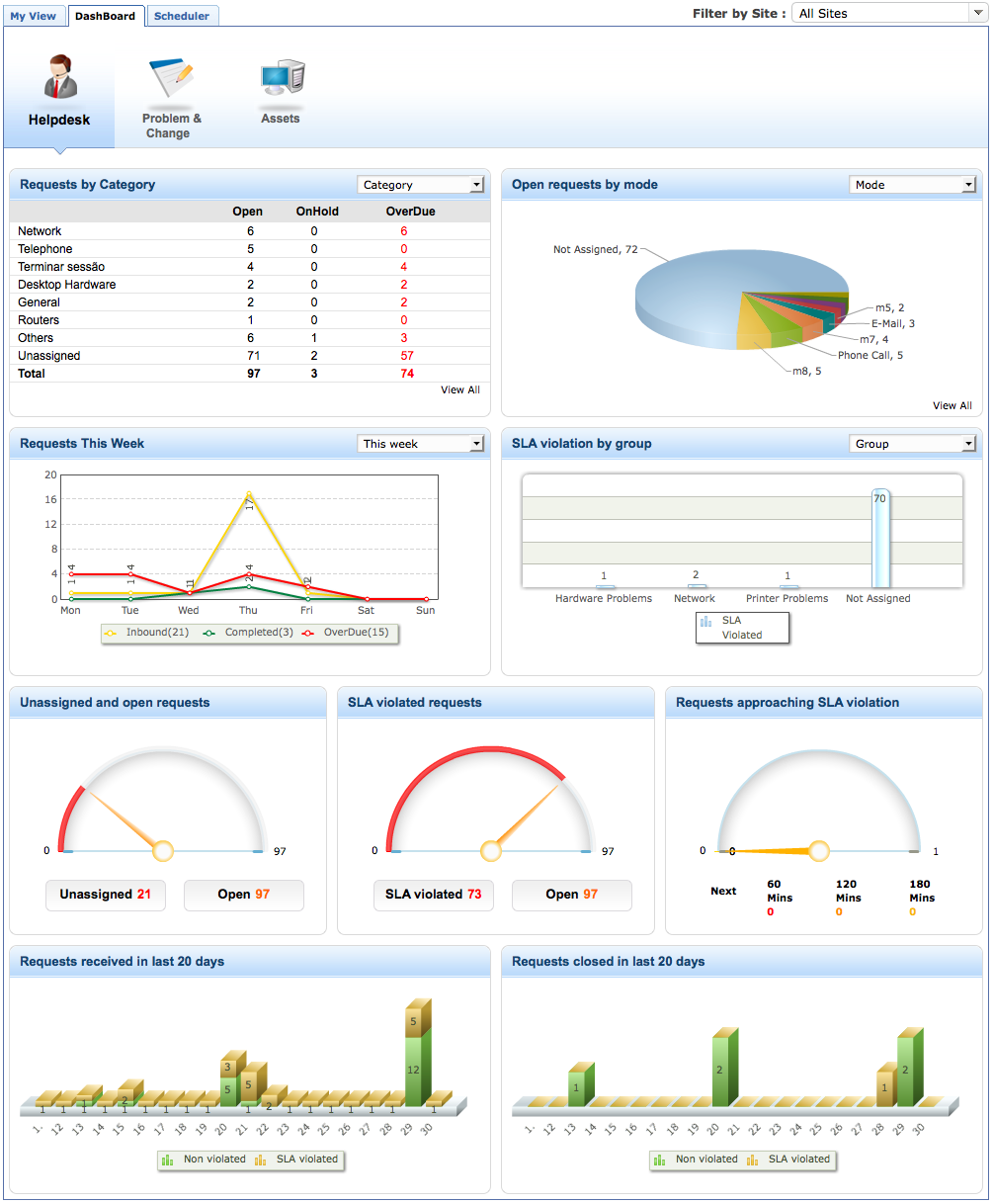Get all the enterprise IT information you need in one place.
There's no denying the importance of analytics and performance management now that businesses have become more data-driven than ever. This is true in the case of IT service desk teams too. Large data sets are generated in IT service desks and stored in silos. You can improve your service desk's efficiency and performance by getting better visibility into service desk data.
IT service desk reporting is an essential IT service management (ITSM) practice; it helps organizations gather, analyze, and present insights into service desk data that would have otherwise remained overlooked. Reports can show how effective the service desk is at achieving objectives and help you understand ways to meet targets better. They also enable you to track the status of a specific process at any given time. These features make the alternatives, such as bulky reports, innumerable spreadsheets, and unending pages of numbers, as well as the struggle to get real-time data, obsolete.
While a report provides a detailed collection of data, dashboards are used by IT managers as a type of progress report to get a single, holistic view of service desk functions, operations, and performance.
Reports and dashboards provide various benefits to end users and IT technicians alike:
















